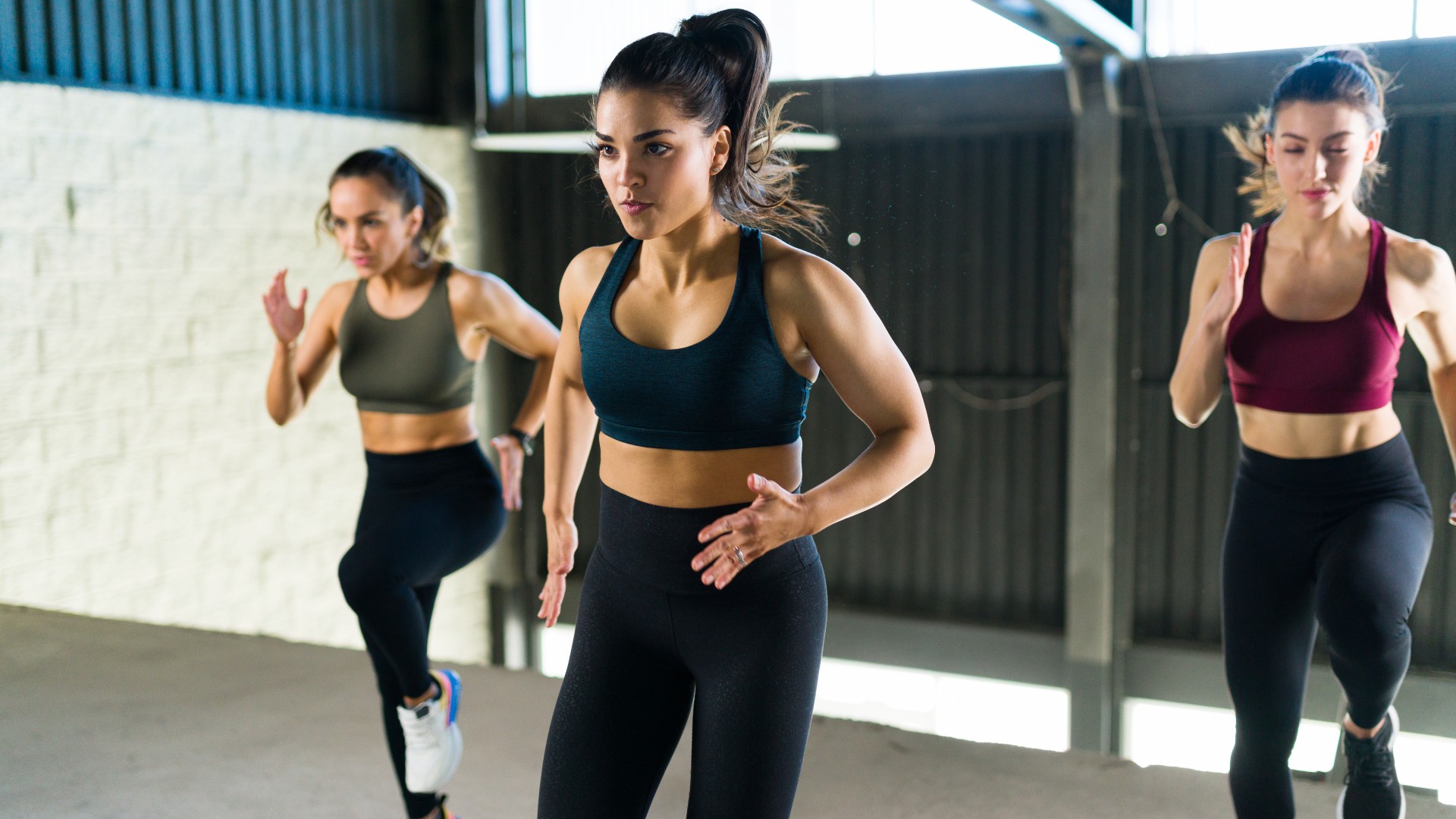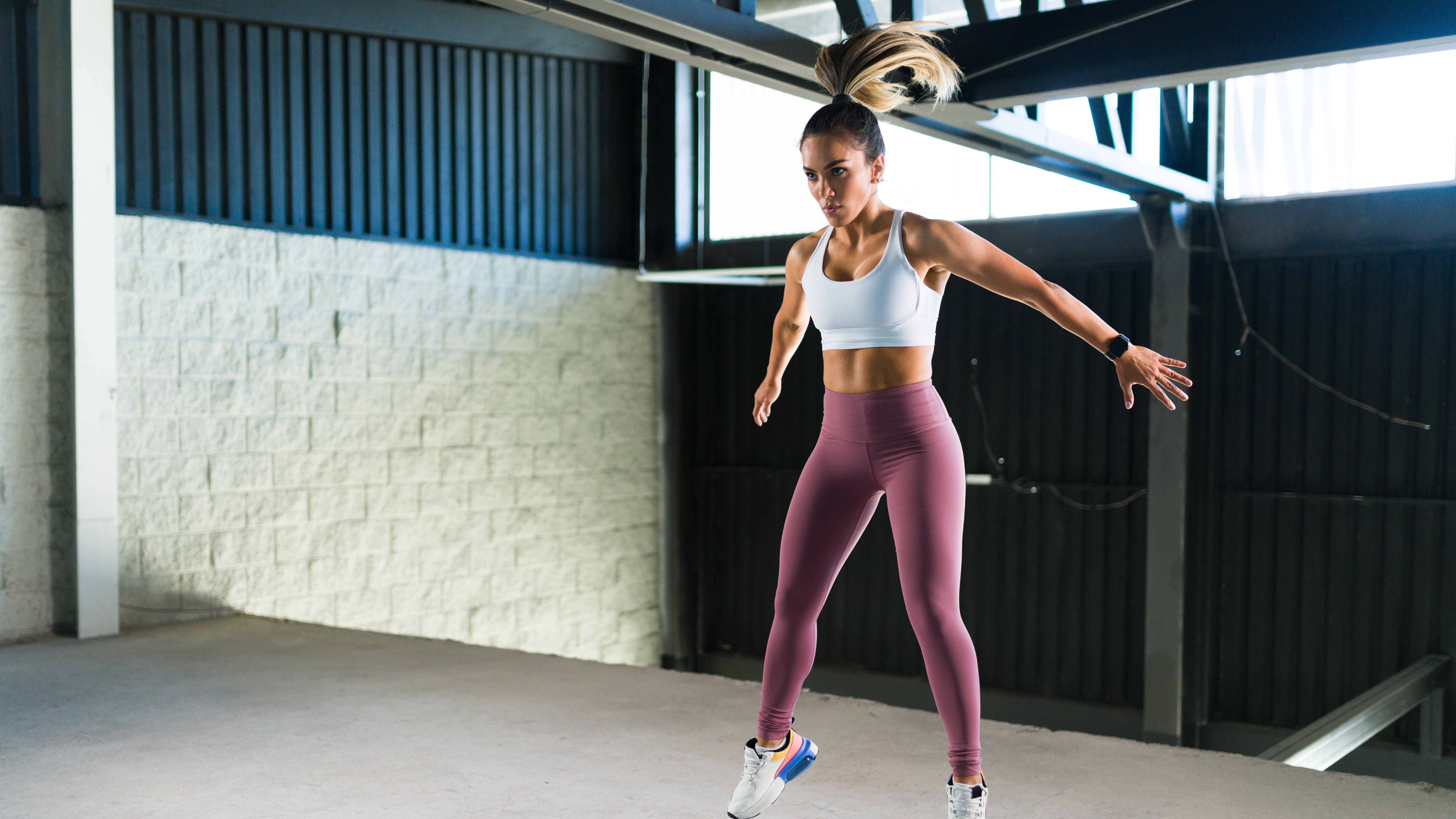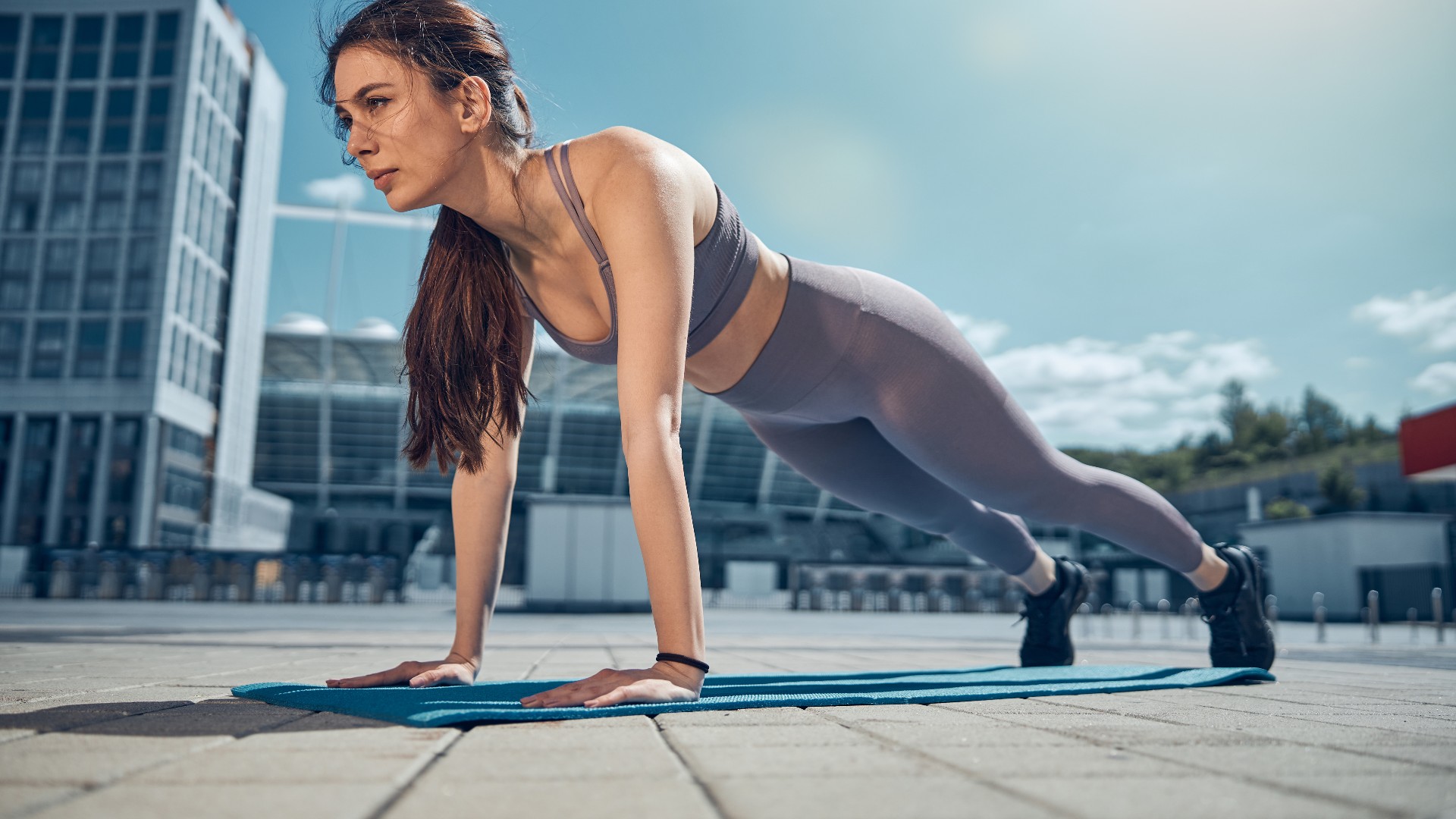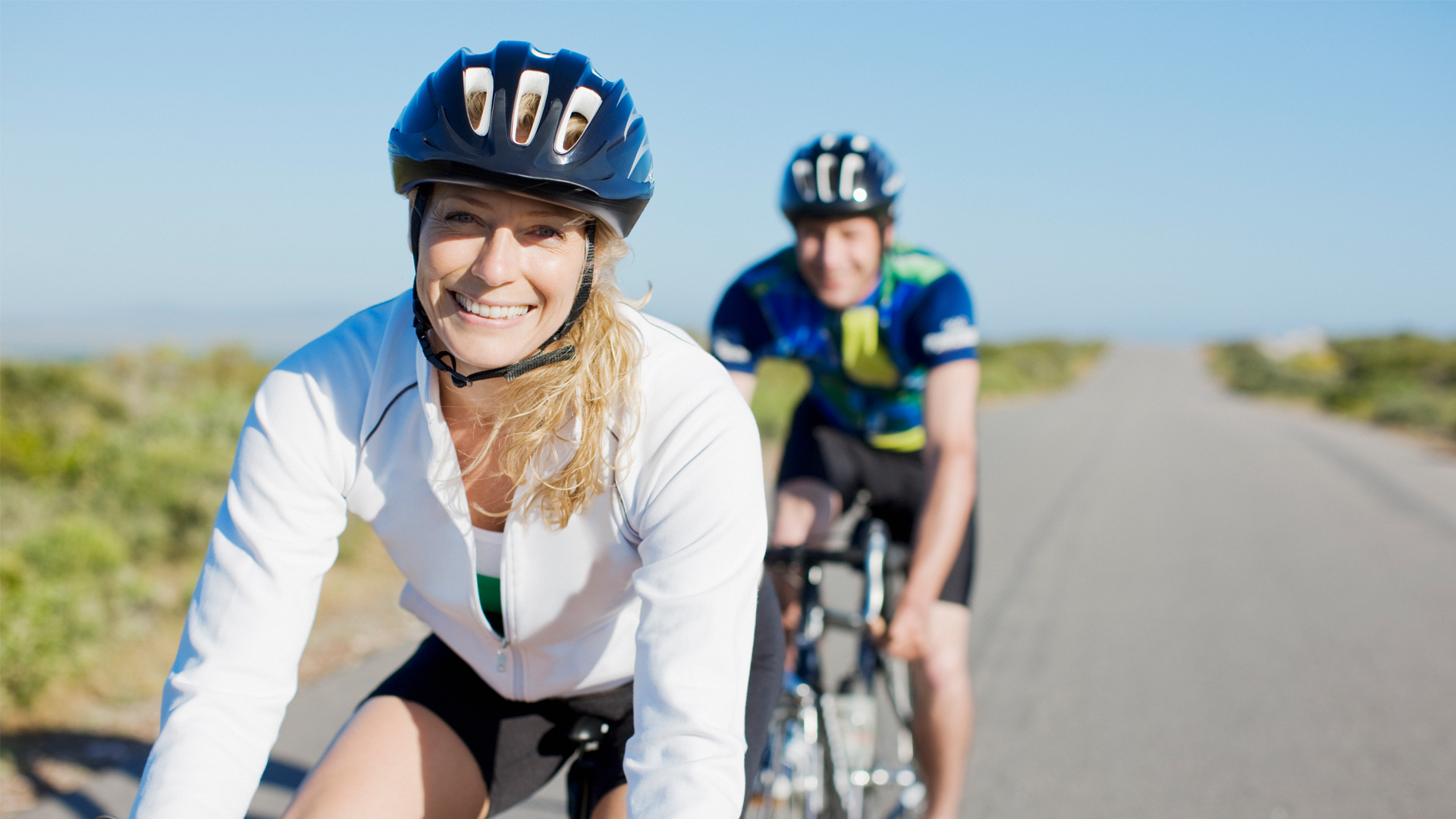
If your fitness goals include fat loss or a boost to your metabolism, have you considered EPOC? Excess Post-Exercise Oxygen Consumption (EPOC) or the “afterburn effect” could be the key to your success, but you’ll need a quick crash course on your energy systems first.
If EPOC looks like a jumble of letters to you — let us explain. The afterburn effect simply refers to an elevated metabolic rate after exercise — think of it as a metabolic boost — meaning you’ll burn more calories for a time after you’ve stopped working out. This metabolic surge could help exercisers who want to lose weight, burn fat and benefit from a faster resting metabolism.
But various energy systems come into play, and other factors could affect your ability to burn calories and lose weight. Below, we cover what EPOC involves, how it works and how to boost your metabolism and burn more calories. Grab one of the best fitness trackers to measure workout stats and read on.
What is EPOC?
Think of EPOC as an oxygen debt. After exercise, your body must regain homeostasis (balance), meaning you will consume more oxygen post-workout; this elevates your metabolism and helps your body tear through calories faster as you return to a resting state, accelerating overall caloric expenditure.
There are varying claims for how long this lasts, but it’s thought to be around 12-24 hours post-exercise, while the myth of 48 hours is just that. And the intensity of that exercise matters — high-intensity interval training is said to have the most significant impact on EPOC — but more on that shortly.

EPOC: Energy systems
Let's hit the science, real kick. Adenosine triphosphate (ATP) is a chemical compound that provides energy for workouts and muscle contractions. Think of it as an energy currency. When that currency runs out (during exercise), your body must produce more. And how does your body make more ATP?
Your body converts the nutrients you consume into ATP, and ATP can be produced with oxygen (using your aerobic pathways) or without oxygen (using anaerobic pathways). NASM explains energy pathways in more detail here, and we cover the difference between aerobic and anaerobic exercise, but to give you a brief overview of what those pathways mean, let's talk about exercise intensity.
Sign up to get the BEST of Tom's Guide direct to your inbox.
Get instant access to breaking news, the hottest reviews, great deals and helpful tips.
Your body is pretty clever. It can produce energy anaerobically (without oxygen) or aerobically (with oxygen), with the former being less sustainable than the latter. An example of anaerobic exercise is sprinting — a sprinter who requires an instant energy burst for a short time will use anaerobic energy pathways for “fast access” ATP. On the flip side, endurance athletes will tap aerobic “steady state” energy pathways to sustain exercise for longer. As the intensity and duration of exercise increase or decrease, you can switch between energy systems.
The higher the intensity, the greater the oxygen debt and EPOC effect; more demand on the body means more ATP to replace, using more oxygen compared with low-intensity exercises. So, ATP production kickstarts EPOC. Phew. Now let’s get to the good bit — can you improve EPOC?
HIIT and EPOC

HIIT ticks all the boxes for maximizing your chances of initiating EPOC. By its nature, it’s high intensity, anaerobic and activates fast-twitch muscle fibers. We recommend a metabolic conditioning workout or this fat-burning workout if you’re looking for inspiration on where to get started.
At higher intensities, your body needs immediate energy, which is when the anaerobic pathways can step in to provide ATP, but it’s short-lived and needs topping up. Enter, interval training. ATP can be produced during short bursts of intense exercise, then refreshed during rest breaks and recovery. Hello, aerobic metabolism.
You should always do exercises you enjoy, but endurance sports like swimming or long-distance running have a lower EPOC effect. They won’t kickstart the metabolism or calorie burn like a heavy weight training or high-intensity resistance session. The aerobic system produces energy using oxygen, meaning you’re replenishing as you go, so you’ve got less debt to repay.
How to improve EPOC
We know the higher the exercise intensity, the greater the EPOC effect, but what sports should you prioritize?
1. Choose high-intensity

Workouts that stimulate the fast-twitch muscle fibers (those recruited for powerful, explosive anaerobic activities like sprinting or HIIT) require more ATP to fuel the movements than slow-twitch fibers that are more active during walks or jogs. And the more ATP required, the more calories you’ll likely burn.
2. Add compound exercise
A compound exercise recruits multiple joints and muscle groups — squats, deadlifts and burpees, for example. More muscles mean more energy is required. Powerlifting, jump rope workouts, HIIT, sprinting, heavy resistance training and plyometrics help kickstart EPOC because they demand ATP from the anaerobic pathways and require explosive, fast-reacting movement.
Best yet — combining resistance sessions with HIIT could help build lean muscle mass and strength while kickstarting EPOC.
3. Increase intensity during endurance activities

If you enjoy sports like long-distance running, swimming or cycling, add some interval sprints toward the middle or end of sessions. For example, cycle as fast as possible for 20 seconds, then rest for 10 seconds, rinse and repeat.
You could also lift heavier weights during sessions and switch between lighter and heavier weights to increase intensity. But remember, muscles need time to rest and repair if you want them to grow, so factor in a few days for active recovery to avoid injury and overtraining. We recommend this mobility routine several days a week or a bedtime yoga class to help soothe muscles.
4. Reduce rest times
You can increase ATP demand and EPOC by decreasing training intervals during a workout — rest for less time. Look at variables like work-rest ratios to increase the intensity and muscle engagement, reducing how long you rest between working sets. Think Tabata-style training — 20 seconds on, 10 seconds off, for example.
Verdict
Existing research has shown us that intensity matters when considering EPOC, and further studies show that higher-intensity sessions are time efficient and could elicit greater energy expenditure than steady-state exercise. And even better, HIIT could increase calorie burn by 25-30% compared with other exercise types.
That said, the jury is still out on whether EPOC really lasts for as long as people tout, and there’s no magic button you can push — everyone burns calories differently. Stress levels, sleep quality and diet can determine your ability to lose fat. And let’s not forget energy in versus energy out, meaning how much energy you expend versus consume overall throughout the day.
We cover more on calorie counting if you want to learn more about diet and metabolism. But to increase your chances of burning calories and elevating metabolism generally, consider adding activity throughout the day. Non-Exercise Activity Thermogenesis (NEAT) refers to calorie burn outside of exercise, which can create an accumulative impact on calorie burn and metabolism.
Moreover, adaptation comes from consistently challenging your body to adapt and muscles to grow, so consider varying your workout routine, being consistent and adopting progressive overload to keep your muscles guessing and responding to change.
And if you do get stuck for inspiration, get your burn on with the best beginner HIIT classes to burn calories, boost metabolism, build lean muscle mass and improve cardiovascular fitness. Sounds good to us.
More from Tom's Guide

Sam Hopes is a level 3 qualified trainer, level 2 reiki practitioner and senior fitness writer at Tom's Guide. She is also currently undertaking her Yoga For Athletes training course. Sam has written for various fitness brands and websites over the years and has experience across brands at Future such as Live Science, Fit&Well, Coach, and T3.
Having worked with fitness studios like F45 and Virgin Active, Sam now primarily teaches outdoor bootcamps, bodyweight, calisthenics and kettlebells. She also coaches mobility and stretching-focused classes several times a week and believes that true strength comes from a holistic approach to training your body.
Sam has completed two mixed doubles Hyrox competitions in London and the Netherlands and finished her first doubles attempt in 1:11.
